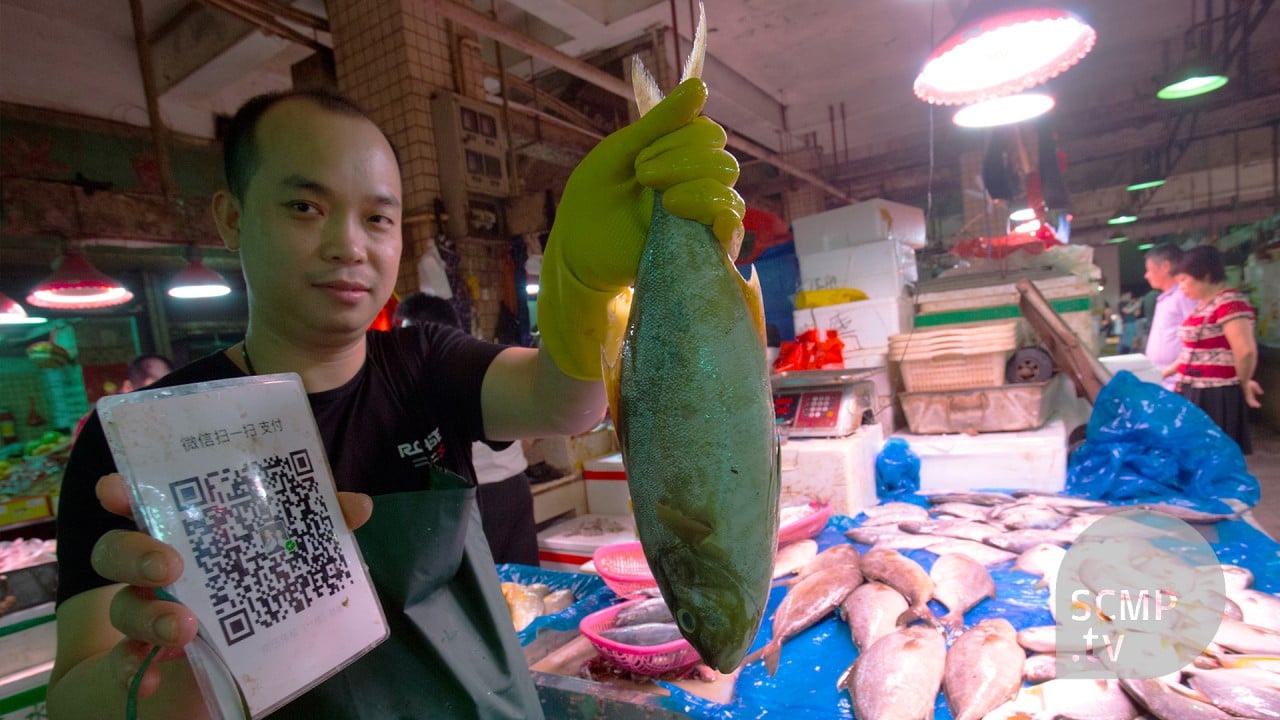
China’s Alipay and WeChat Pay ease the way for foreign travellers to make payments in world’s largest cashless society
- Alipay raised foreign visitors’ transaction limits, while travellers can link their overseas bank cards to WeChat Pay without ‘complete information’
- Those initiatives come after Chinese authorities on Thursday published new guidelines to deliver more convenient payment services for foreign visitors
Tencent on Thursday said foreign visitors on the mainland are now allowed to bind their international bank cards to WeChat Pay without “complete information”.
China’s cashless-society shift is keeping foreign tourists from opening wallets
Many foreign tourists have long found it difficult to pay for goods and services on the mainland, where contactless payment has become the norm. These travellers also face barriers to fully enjoy mobile payment services in the country, owing to Beijing’s rigid financial and data control laws.
As of June 2023, about 943 million people in mainland China used mobile payments, bolstering the country’s status as the world’s largest cashless society.
China’s internet giants must step up opening their ‘walled gardens’: state media
Under the new guidelines published by Chinese authorities, domestic establishments must also expedite the use of cash and currency exchanges. All large business districts, tourist attractions, hotels, hospitals and other key locations are required to support diversified payment options, including via bank cards and cash.
The guidelines also directed payment services to provide more convenience to senior citizen users who are not tech-savvy.
Both Alipay and WeChat Pay have already launched so-called elder mode functions for senior citizens using their apps, displaying a simplified user interface and bigger text.


